Blandy's Verdelho Colheita Single Harvest Medium Dry Madeira 2000
-
Wine
Enthusiast -
Robert
Parker -
Wine &
Spirits



Product Details
Your Rating
Somm Note
Winemaker Notes
A crystal clear and intense topaz color with green and golden nuances. A characteristic bouquet of intense citric, spice, wood and dried fruits like hazelnut, aromas. Medium dry, exuberant and fresh with a very long and ethereal finish with strong notes of dried fruits mashed with old brandy and spice.
Blandy's Colheita is fined and does not require decanting. It has been bottled when ready for drinking and will keep for several months after opening. It is exceedingly good with creamy starters, soups and tropical fruits and also on its own. A wine that should be enjoyed served chilled.
Professional Ratings
-
Wine Enthusiast
Already with a wonderful old-gold color, this aromatic wine with its fruit, acidity and touch of spirit is bone dry, but presents a rich texture. The typical intense acidity is right there as well as lemon peel, wood, spice and concentration. This wine, aged in wood and bottled in 2017, is ready to drink.
-
Robert Parker's Wine Advocate
Blandy's 2000 Verdelho Colheita was bottled in 2017, and it's showing well today, offering up an inviting bouquet of sultanas, mocha, walnuts and candied peel. On the palate, the wine is medium to full-bodied, satiny and layered, with good depth at the core, tangy acids and a long, nicely integrated finish. This comes warmly recommended.
-
Wine & Spirits
As if resisting the imperatives of age, this wine has a bright, sunny feel to its tangy scents of orange and salt air. It’s warm and round, saturated with flavors of fresh chestnuts and tart pineapple, lasting in a contrast of briskness and pleasant sweetness. A compelling match for aged sheep’s milk cheeses.
Other Vintages
2009-
Wine
Enthusiast -
Wine
Spectator

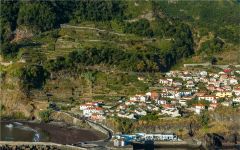

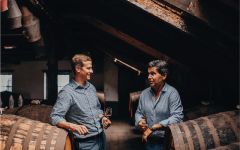
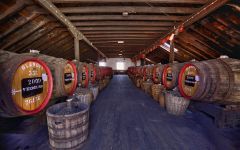
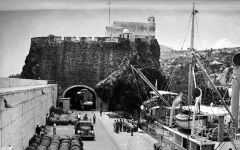
John Blandy first set foot on Madeira in 1807. In 1989, the Symington family became partners with the Blandy family and is helping to reinvigorate the Madeira trade. Grapes are grown in volcanic soil and hand harvested due to steeply terraced cliffs. The resulting wines are highly acidic and were found by historical accident to benefit from being heated - a process that would destroy any other wine. Originally, Madeiras were heated by the sun, stored in casks on the decks of boats exploring the world during the 18th century. Today, Madeiras are heated in a process called “estufagem,” which gives them great concentration and an incredible capacity to age while retaining some of the vibrant acidity unique to these wines.
The Blandy family is unique in being the only family of all the original founders of the Madeira wine trade to still own and manage their own original wine company. Throughout its long history on the island, the family has played a leading role in the development of Madeira wine throughout its long history. Members of the family continues to live on Madeira, maintaining a tradition that goes back to 1811; 2 centuries of fine wine production.

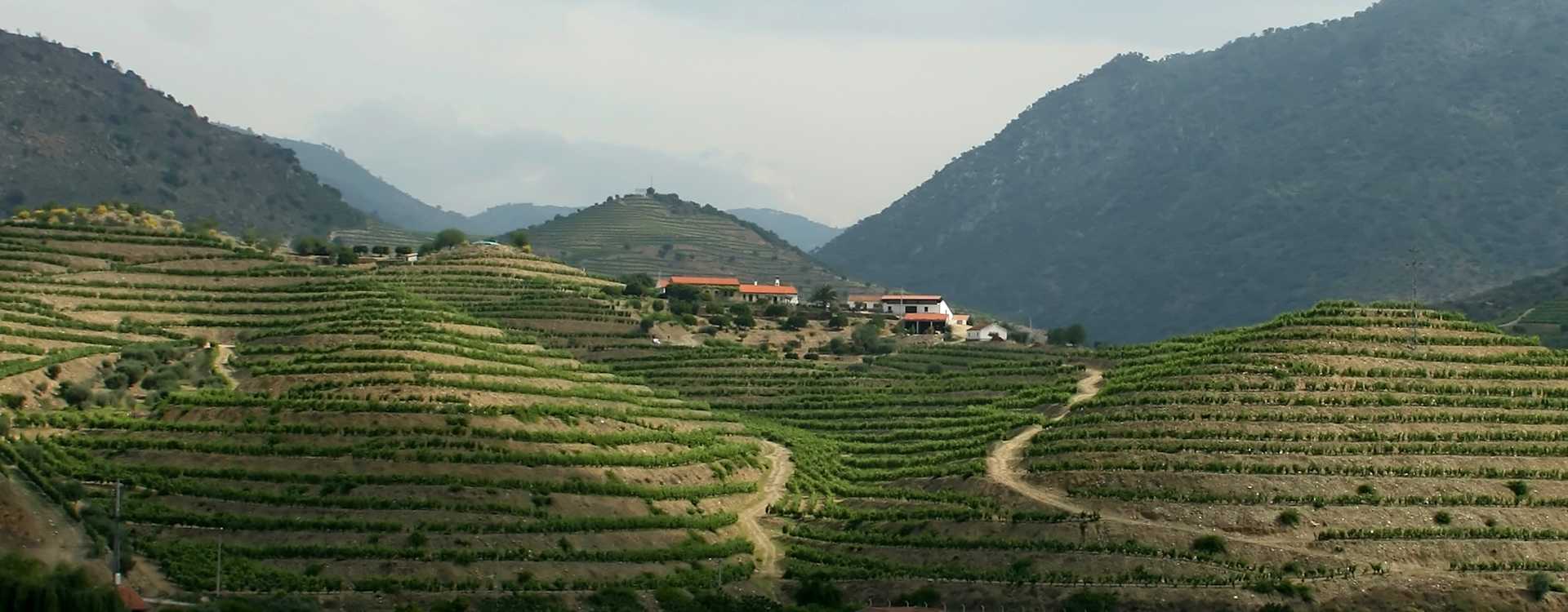
A steep, volcanic island in the Atlantic Ocean that rises to over 6,000 feet at its highest point, Madeira actually sits closer to Morocco than Portugal, the country to which it belongs.
Today the vineyards of the island cover tiny step-like terraces called poios, carved from the basalt bedrock. Aptly named Madeira, this fortified wine comes in two main styles. Blended Madeira is mostly inexpensive wine but there are a few remarkable aged styles. Single varietal Madeira (made from Sercial, Verdelho, Boal or Malmsey), is usually the highest quality and has the potential to improve in the bottle for decades.
